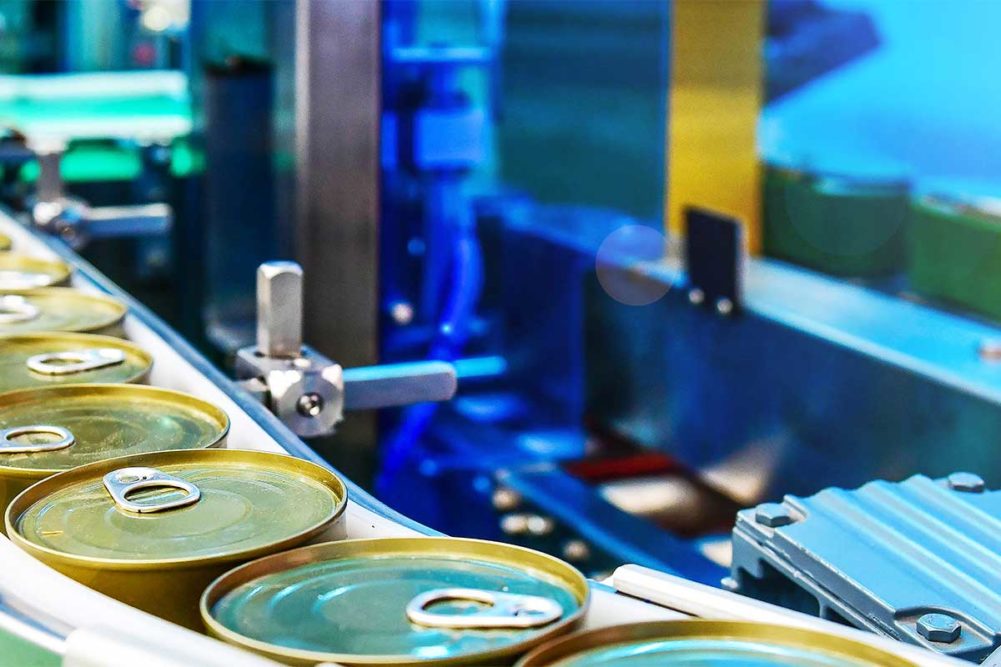Necessity may be the mother of invention, but what bakers and snack producers need the most today is automation that can solve a host of workplace, supply chain and bottleneck issues in their packaging departments.
Fortunately, a steady stream of innovation over the past five years has allowed robotic systems to alleviate these issues more effectively than in the past.
“It’s been continuous innovation. It’s not been one big leap,” said Julian Conway, sales account manager, Schubert North America. “There are innovative technologies we have introduced to the market such as the transmodule transport system that more efficiently moved products through the machine or vision systems that allow you to monitor color, shape or height. It’s been all incremental.”
A decade ago, for instance, 2-D grayscale vision systems were the standard for locating products on pick-and-place robotic systems.
Jason Hogue, southeast sales manager, BluePrint Automation (BPA), pointed out that the camera, located above the conveyor belt, requires some type of top light or back light to create contrast between the products and the belt so that the robotic system could pick and place them properly.
During the past three years, however, 3-D vision cameras that don’t need such additional lighting have emerged as the standard because they create a three-dimensional shape, which provides greater accuracy when picking and placing items
Mr. Hogue noted they can help determine if one part of a package is thicker or higher than the other and thus place it in a carton correctly.
Although the systems have been around for 15 years, he added, the number of companies making 3-D vision cameras has increased. This has resulted in greater availability and more competition that has driven the price way down.
In many cases, 3-D systems now cost about the same as 2-D cameras together with the lights needed to filter out any external lighting in a plant.
Mr. Conway pointed out that companies that purchased robotics 10 or 15 years ago don’t need to replace them, even though the demands for packaging have changed.
“Does the packaging process need to be further accelerated or enhanced? That’s possible, but it’s not because of the machine,” he said. “It’s because the scope of the machine’s application has changed. What we’re seeing more of is people taking older machinery and requiring it to do different things.”
Because of smaller or different packaging formats, bakeries and snack producers often require faster speeds to package the same number of products in the past.
Mr. Conway said modular end-effectors and other parts of the robotic arm are interchangeable and quickly allow adjustments for tool-free changeovers.
“If a bakery has to add or modify an existing packaging format or SKU, our engineering teams can redesign those tooling sets so they can deploy them on the machine,” he said. “It’s more of a plug-and-play than having to retrofit a magazine. We’re not changing the machine or the hardware or controls. We are just adding capabilities through adding format parts.”
AMF Bakery Systems has added more drives for the different mechanical functions and improved the operator interface to ease setup and help to diagnose equipment and operation, said Martin Dalbec, product group leader, AMF PackTech, an AMF Bakery Systems brand.
He explained that using drives makes equipment adjustment less cumbersome and easier to calibrate. Moreover, the drives send back signals to the interface that allow for self-adjusting or diagnosis of the machinery.
“With a well-designed interface, operator and maintenance can, at the touch of a screen, set up distinct functions manually or have preprogrammed configurations depending on the product or conditions of operation,” Mr. Dalbec said. “With the data provided by each electro-mechanical or electronic components, we can supply to the operation valuable information to identify downtimes, performance and recommendations on the maintenance schedule.”
To minimize waste and changeover time, TNA offers its auto-splice 3 system that automatically joins a new film to an expiring film roll with no interruption to the packaging line. Featuring a dual-spindle film system and rotary reel swapping mechanisms, a new pre-prepared film is always ready to take over from the current roll, said Julia Casey, chief marketing officer, TNA Solutions. It can also be retrofitted on earlier models of TNA’s robag brand of baggers.
“This helps reduce film waste and removes the downtime associated with manually splicing and replacing rolls, increasing uptime by up to 5% and capable of producing up to 2,800 more bags per line, per day, depending on the packaging process,” she explained. “The result is a more productive and profitable packaging line.”





